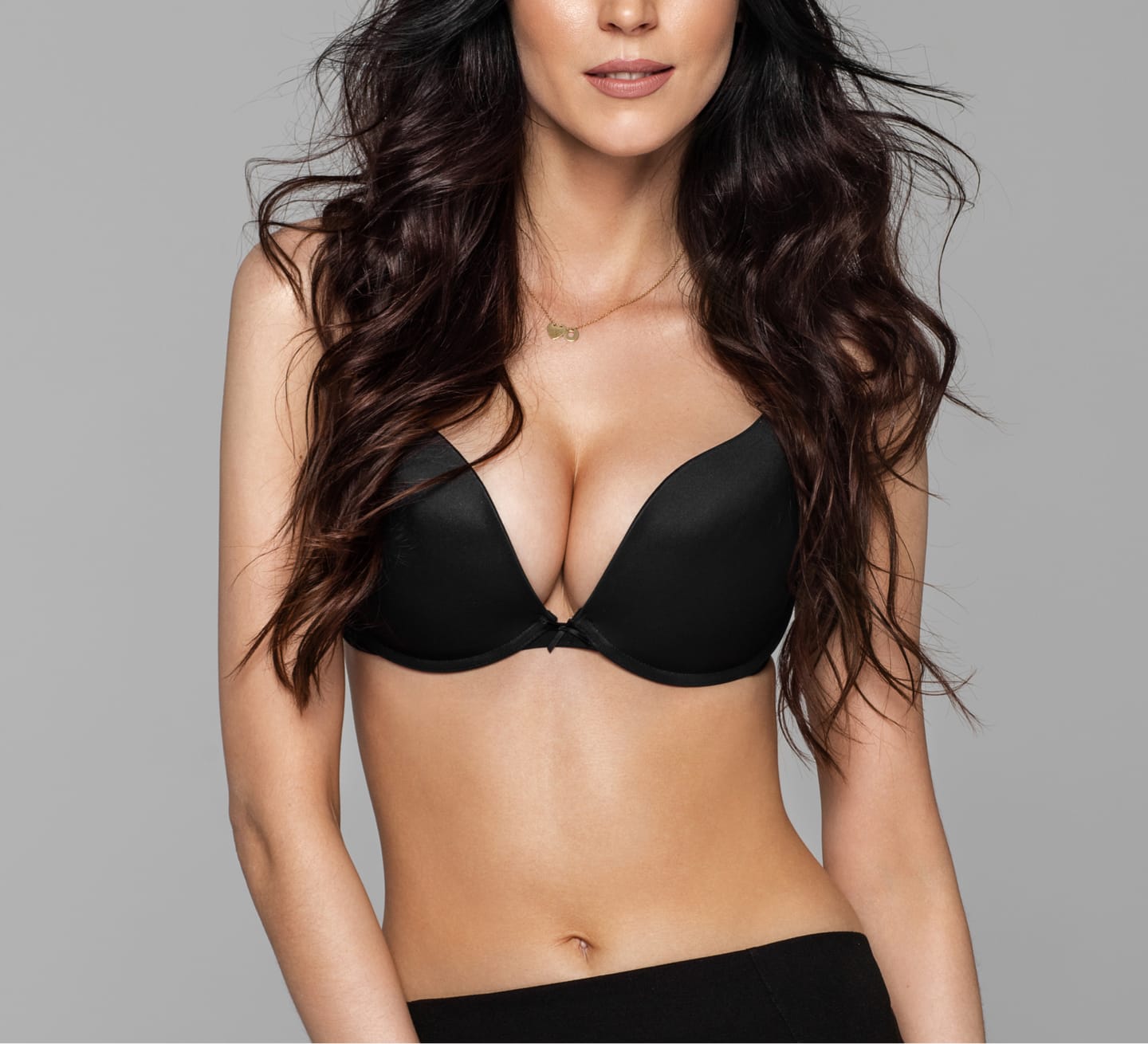- Home
- About
-
Procedures
-
Breast
- Breast Explant Surgery
- Breast Implant Illness
- Breast Implant Removal
- Breast Lift
- En Bloc Capsulectomy
- Breast Reduction
- Ruptured Breast Implants
- Capsular Contracture
- Breast Implant Problems
- Tuberous Breast Correction
- Breast Revision Surgery
- Male Breast Reduction for Gynecomastia
- Breast Reconstruction
- Body
- Face
- Nose
- Non-Surgical
-
Breast
- Testimonials
- Media
- Resources
-
Contact
Are Breast Implants Safe Now?
Breast Augmentation Safety & Satisfaction
Every year from 2006 to the present, breast augmentation has been the most popular and widely performed cosmetic surgery in America.
While stories questioning the safety of breast implants have occasionally made headlines, what may be getting less attention are the tens of millions of breast implant patients who are safe and satisfied with their results.
Nevertheless, the concern is a very important one and as with all surgical procedures, there are both surgical and device-related risks involved in breast augmentation. These concerns are taken seriously by the American Society of Plastic Surgeons, the American Board of Plastic Surgery, and other similar organizations as well as regulatory bodies. And most importantly, by your cosmetic surgeon.
FDA Approved Implants
FDA-approved breast implants are required to exclude certain ingredients and to undergo extensive testing before they ever make it to market or to your cosmetic surgeon. Even directly injectable silicone used for localized body contouring isn’t approved for breast augmentation, and the silicone implants that are used have a vastly different makeup and are wrapped in an outer protective shell that prevents its silicone contents from moving elsewhere throughout the body.

Gallery
View GalleryThe FDA’s Stance on Safety
The long-standing position of the FDA is that breast implants are essentially safe, as long as women undergoing breast augmentation understand that there are potential risks and complications involved.
As the oversight body on the safety of cosmetic products, the FDA occasionally issues releases on the safety of various brands of breast implants. Manufacturers likewise do extensive pre-market research and testing and they continue to maintain ongoing after a breast implant makes it to market, with research done to ensure implants are made as safe as possible. In 2019, two manufacturers did voluntarily pull implants off the market. They are no longer used.
A Long Path Toward Perfection
The first documented breast augmentation took place in 1895, and silicone and saline implants have both been in use since the early and mid-1960s and have since vastly improved in safety. Both are considered safe for breast augmentation as well as breast reconstruction.
But just as we may one day develop cars immune to collisions, so, too, will we surely see breast implants that are better than those in use today. Until then, science continues to satisfy tens of millions of women across the world, as newly half a million women newly receive breast implants every year — roughly 300,000 opting for breast augmentation, and another 100,000 receiving implants for breast reconstruction after cancer or other surgeries.
None of this is to say that breast implants are without their few known conditions and complications. However, like driving, using cosmetics or going about the rest of our daily activities, abiding by simple protocols, observing established safety measures, and remaining abreast of science are what make the many rewards outweigh the known problems.

The Ideal Implant
Perhaps a giant stride has already been taken toward tomorrow’s better breast implant. In 2006, a project began to develop what might be the ideal of breast implants — combining the natural results of a silicone implant with the superior safety of a saline implant. Years later, the dream had been realized and the FDA approved the “Ideal Implant.” Dr. Brenner was one of its original FDA investigators. The Ideal Implant has less risk of deflation or rupture than traditional implants — and it’s a very low-risk figure that has given thousands of patients peace of mind.
For more information on breast implant safety, visit the American Society of Plastic Surgeons site.



